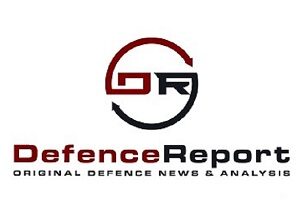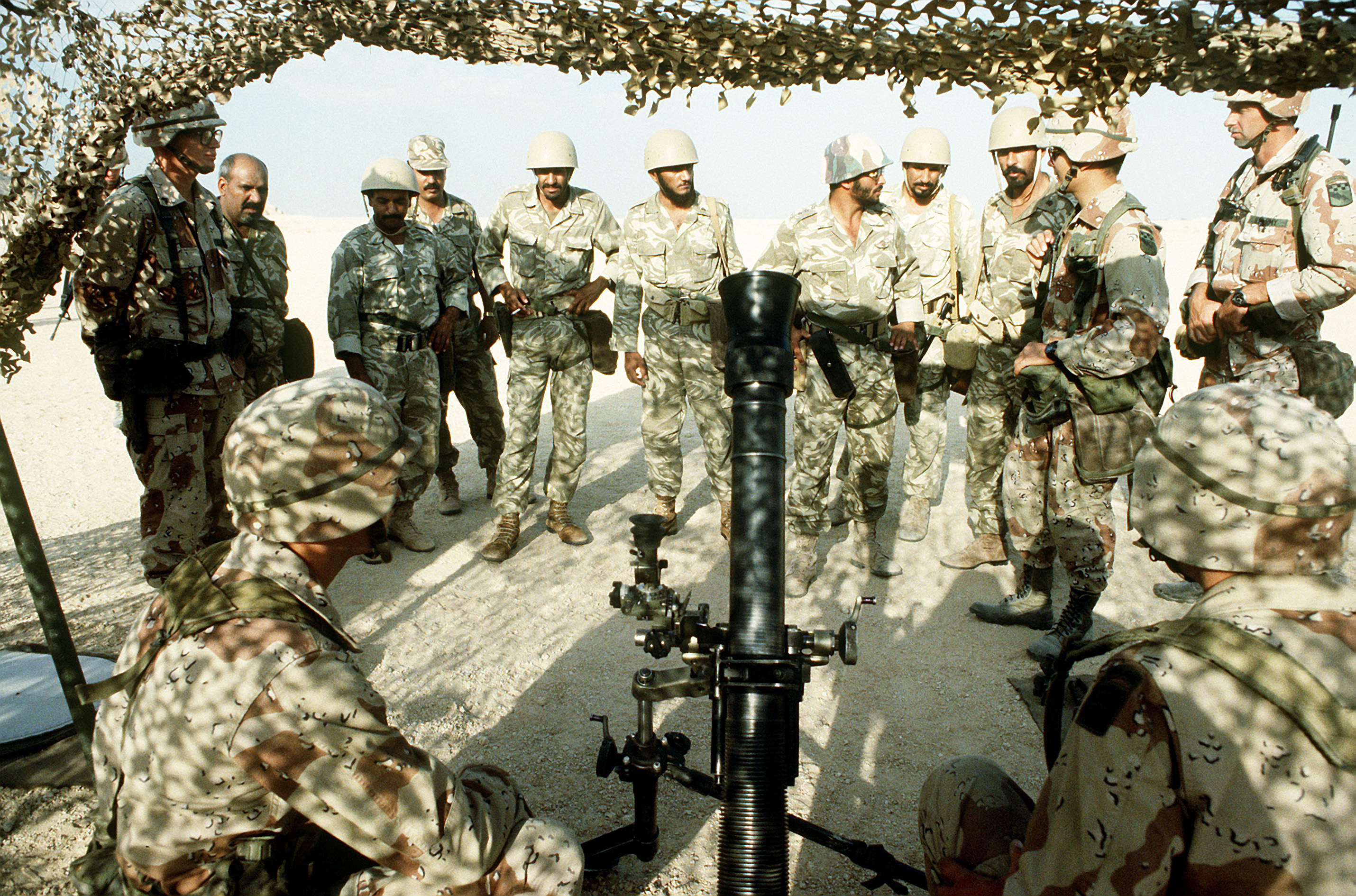26 June 2015 – London, UK
by Mark Collinson
The battle to degrade the Islamic State of Iraq and al-Sham (ISIS) continues after over a year since their initial gains. ISIS remains a credible threat in the Middle East and still holds its recent territorial seizures of Ramadi and Palmyra. It is becoming apparent the current situation in Iraq is also fostering further sectarian tensions.
Of course, that is not the only conflict that is raging in the Middle East. The Saudi-led coalition is pummeling Houthi rebel positions across Yemen. For the Saudis, it seems that the conflict is Yemen is a power move for the Iranian government who backs the Houthis.
These conflicts do not seem to be interconnected, the fact remains that Iran is a key ally in the anti-ISIS degradation campaign. It is interesting to note that in Iraq, the Iranian-backed Shi’ite militia are the allies of the US-led coalition against the ISIS. Yet in Yemen, the Iranian-backed Houthi rebels are being bombed by the US-backed Saudi-led coalition in Yemen.
Although almost unnoticed, it has had an effect on the ground in Iraq. Iranian-backed Shi’ite militia stated that they already planning on traveling to Yemen to assist the Iranian-backed Houthi rebels in Yemen. Most recently, ISIS is claiming responsibility for an attack on Shi’ite Houthi rebels.
 The Middle East has become an arena where new Great Game is being played out between Shia Iran and Sunni Saudi Arabia. Professor Gerges, who has lived in Yemen, believes that the conflict in Yemen is still internally driven. Yes, there is undoubtedly Iranian influence in supporting the Houthis with arms and possibly funds, but “Iran does not call the shots in Yemen, the Houthis are not the stooges of Iran.” he told DefenceReport.
The Middle East has become an arena where new Great Game is being played out between Shia Iran and Sunni Saudi Arabia. Professor Gerges, who has lived in Yemen, believes that the conflict in Yemen is still internally driven. Yes, there is undoubtedly Iranian influence in supporting the Houthis with arms and possibly funds, but “Iran does not call the shots in Yemen, the Houthis are not the stooges of Iran.” he told DefenceReport.
The recent Saudi Wikileaks release purportedly divulges, to no surprise, discontent and tensions with Iran. The influence of the two countries in the region cannot be ignored. Both are looking to expand their influence in the region and the US are keen to stop the Iranians become overly dominant in the region while continuing to reassure their other Gulf allies. US Secretary of State John Kerry has warned Iran over its Houthi support.
For Iran, Yemen proves a very tempting opportunity with not only access to Bab-el-Mandeb waterway but also to the largest border with Saudi Arabia. “Yemen is a very important card, and this particular card has been presented to Iran on a silver platter as a result of internal rivalries,” says Gerges.
The United States remains an important player in the region and the priority for the Obama administration is surely to reach an agreement with the Iranians over its nuclear weapons program and to avoid any further escalation that can disrupt it. At the same time it has to reassure its other Gulf allies its commitment to security. It is quite the balance with the Iranian Nuclear deal in the midst of such a political quagmire.
“The US’s big aim should be to defuse proxy wars,” says John McHugo, and International Lawyer, Arabist and a Board Member of the International Council for Arab-British Understanding. McHugo also believes that the Obama administration are “absolutely right in the rapprochement with Iran,” although it does risk upsetting their other Gulf allies.
ISIS may have mined Palmyra in Syria, but it is the political minefield that will prove to be the difficult road ahead. The United States will need to be the mediator between these two regional powers, whilst also trying to ensure that their own needs are met.
Feature photo / “US infantryman explains M252 81mm mortar to Saudi Arabian National Guardsmen” – Wikimedia, 2015
Inset photo / “Map of Middle East denoting Iran and Saudi Arabia” – Wikimedia Commons, 2015


